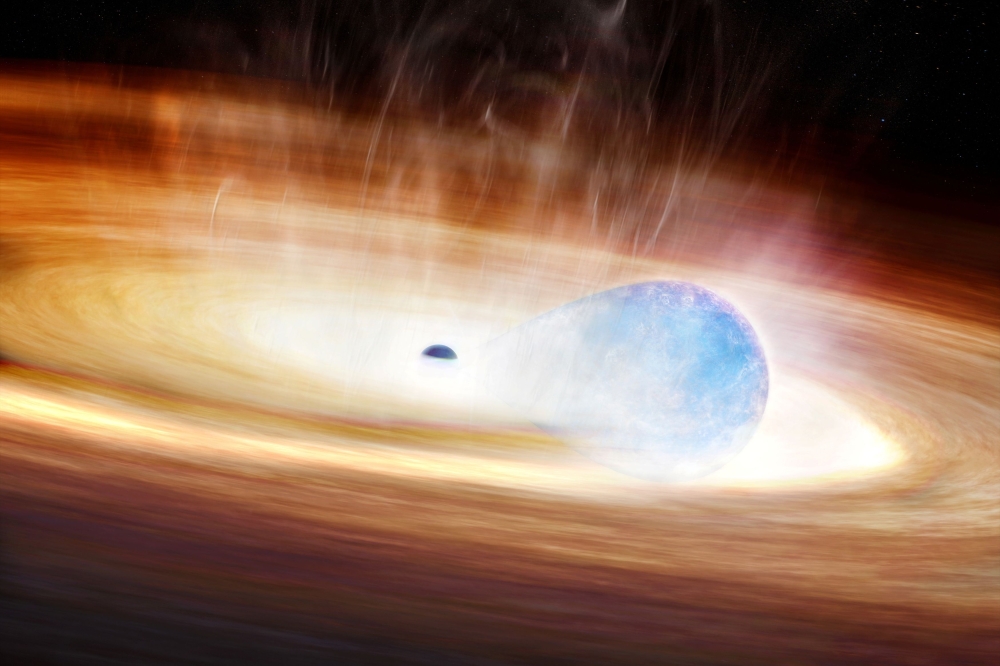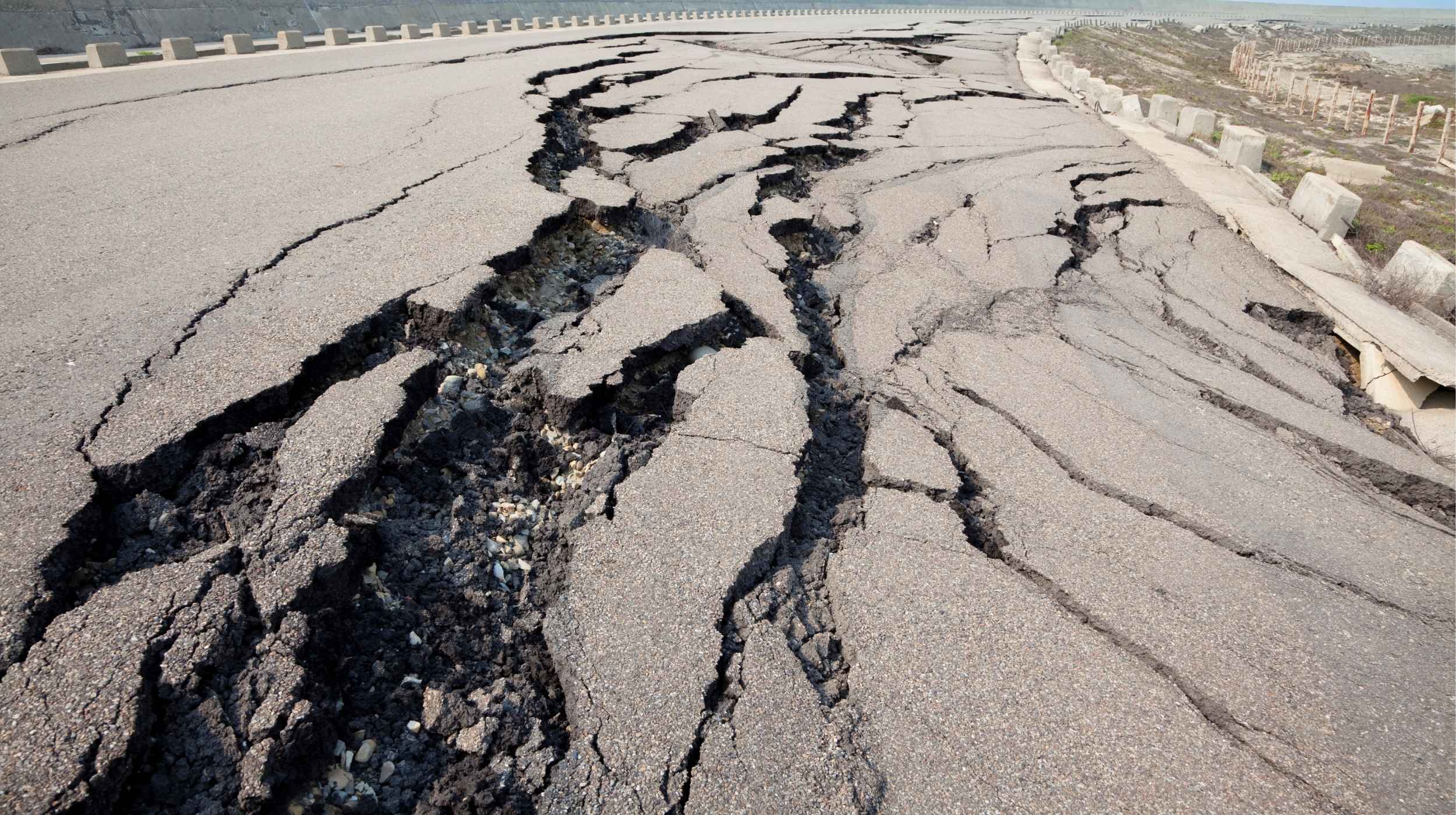Scientists Discover 'Alien Mineral' That Defies the Laws of Heat – Is This the Future of Manufacturing?

Imagine a mineral from outer space that refuses to play by the rules of physics as we know them! Sounds like a sci-fi movie, right? But researchers have found a peculiar mineral in a meteorite that behaves in ways that will leave your jaw on the floor.
This extraordinary substance, known as silica tridymite, was discovered in a meteorite that crashed in Germany all the way back in 1724. Since then, scientists have been intrigued by its unusual properties. In a recent paper published in the Proceedings of the National Academy of Sciences, an international team of researchers detailed how this mineral behaves when heated, and let’s just say, it’s not what you would expect.
While most materials either heat up or cool down in response to temperature changes, this alien mineral does something truly remarkable: it maintains a constant thermal conductivity regardless of the heat applied. That’s right! Instead of increasing or decreasing conductivity, it holds steady, making it a 'heat-proof' candidate for potential manufacturing uses right here on Earth.
But wait, there’s more! This isn't just some rare find that’s been sitting in a museum—it’s also been identified on Mars! The uniqueness of tridymite goes beyond its extraterrestrial origins. Unlike traditional crystals, which have an ordered atomic structure, and glass, which is amorphous, tridymite stands out by falling somewhere in between. This strange positioning in the atomic world is what gives it its bizarre thermal properties.
The implications for this discovery are enormous. Researchers are now speculating how materials like tridymite could revolutionize industries, particularly steel production. This sector currently accounts for a staggering one billion tons of CO2 emissions annually, representing about seven percent of total carbon emissions in the United States alone. Imagine a world where we can efficiently manage extreme temperatures in steel production using this alien mineral, potentially reducing our carbon footprint!
So, while we continue to look to the stars for answers, who knows what else is out there waiting to be discovered? This mineral might just be the key to a greener, more sustainable future.



























